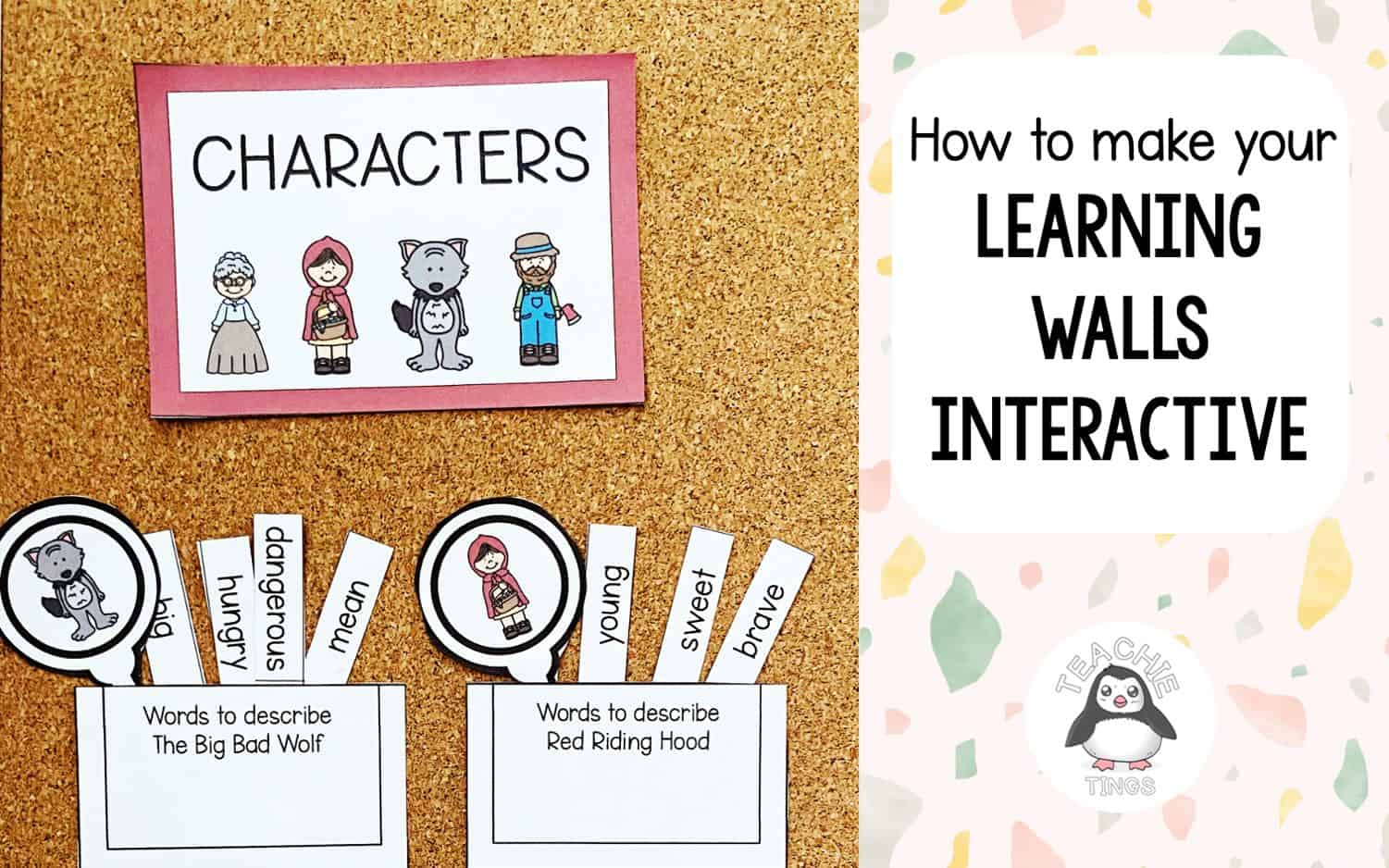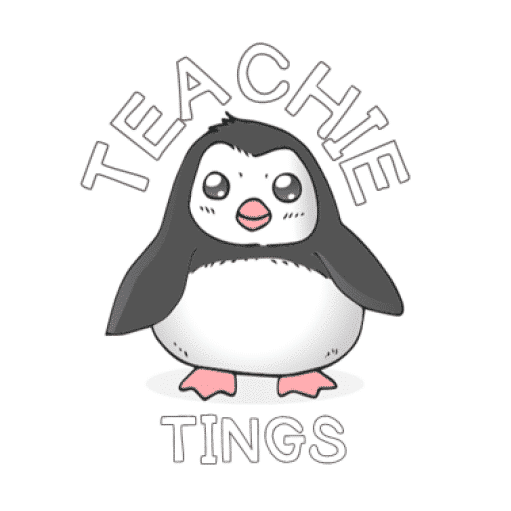
Do you know how to make your learning walls interactive, so that all students can access them easily? This is an important question to ask yourself when planning for the learning that is going to take place. Will your students come up to the wall and then mentally take information back to their desk? Are […]
